Do you have a question about the Gamatronic Power+ and is the answer not in the manual?
Guidelines for safe installation and operation of the UPS.
Prohibitions to avoid injury, damage, or system malfunction.
Functions and capabilities of the UPS system controller.
Core component of the POWER+ system, providing power conversion.
Enables automatic load transfer to an alternate source when inverter fails.
Provides backup power during utility AC input failures; temperature affects lifespan.
Load receives power from inverters, protected from AC input irregularities.
Load powered by inverters using battery DC input when AC fails.
Load receives power directly from AC input via static switch, no inverter protection.
System shutdown in emergencies via external switch; requires manual restart.
Connecting multiple POWER+ units for increased capacity and redundancy.
Essential connection for UPS operation and reference voltage.
Checks for ambient conditions, ventilation, grounding, and electrical compliance.
Step-by-step guide for connecting components and powering on the system.
Critical connection points for AC input, bypass, and AC output.
How to connect terminals for load balancing between parallel units.
Using D-15 cables for synchronization and status exchange between units.
Procedures for initial system power-up and initialization sequence.
Verification steps to ensure correct operation post-initialization.
Detailed steps for configuring multiple UPS units for parallel operation.
Primary interface with LCD, keypad, buttons, and indicators for monitoring and control.
Indicators on each UPS module showing its operational status.
Displays status of the static switch module.
Displays system input, output, and static switch details.
Buttons used to navigate menus and select options.
Visual cues showing power source and route for operation modes.
Soft switches for On/Off, alarm silence, and mode switching.
Shows network connection availability and activity status.
Details on Normal, Battery, and Bypass operation modes.
Procedure to restart the UPS after a planned shutdown.
Shuts down the UPS output while keeping load on bypass.
Completely powers down the UPS system, including output.
Flowchart overview of the system's menu structure and options.
Primary menu for accessing system functions and information.
Displays DC voltages, currents, power factors, and system status.
Provides detailed measurements and status for individual UPS modules.
Allows running self-checks on controller components and system health.
Accesses logs of system events, alarms, and status changes.
Displays battery capacity, voltage, current, charge status, and test results.
Shows detailed status of all active and inactive alarms.
Configures alarm thresholds for AC voltage, temperature, and battery parameters.
Configures module settings like phases, frequency, voltage, and output adjustment.
Manages battery test settings, current limits, temperature compensation, and capacity.
Configures charging parameters, date/time, site number, and user passwords.
Accesses service functions like UPS configuration, dry contact tests, and remote commands.
Manages system defaults, logs, and controller settings.
Displays and monitors the status of the static switch.
Verifies system operation and parameters after controller replacement.
Steps required to set up network connection and access the web interface.
Initial view upon connecting, showing system summary and key parameters.
Overview of menu options for remote management software.
Displays real-time readings for input/output voltage, current, power, and power factor.
Shows measurements and status for individual UPS modules.
Displays real-time voltage and frequency for inverter and bypass.
Accesses and displays system event logs.
Initiates UPS processes like load transfer, battery tests, and shutdowns.
Manages SMS notifications for alarm conditions via GSM module.
Modifies UPS settings such as network, date/time, and user credentials.
Step-by-step guide for connecting and configuring the Gamatronic Wing unit.
Adds value with external sensors, TCP/IP, SNMP, and SMS control.
Enhances monitoring with sensors, alarms, and double power feed.
Details on the adaptor board for parallel connection of POWER PLUS systems.
| Brand | Gamatronic |
|---|---|
| Model | Power+ |
| Category | UPS |
| Language | English |
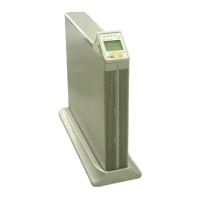
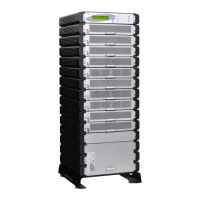
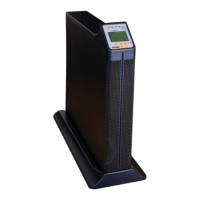
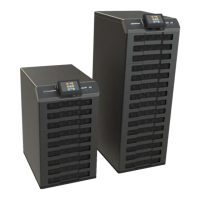
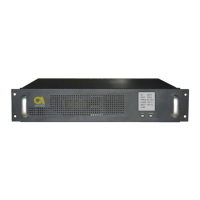
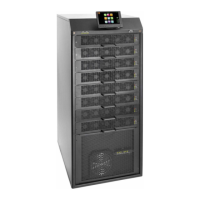
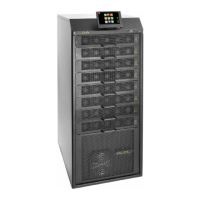
